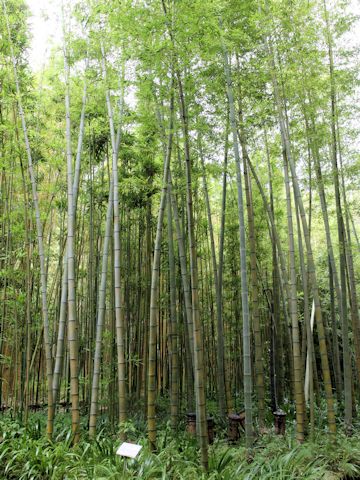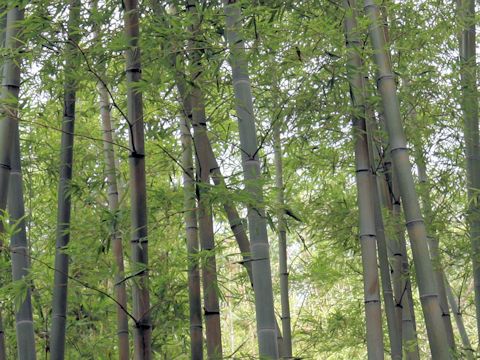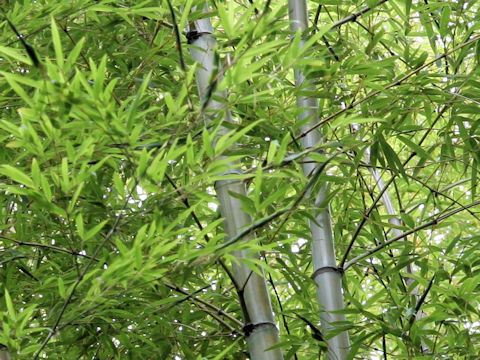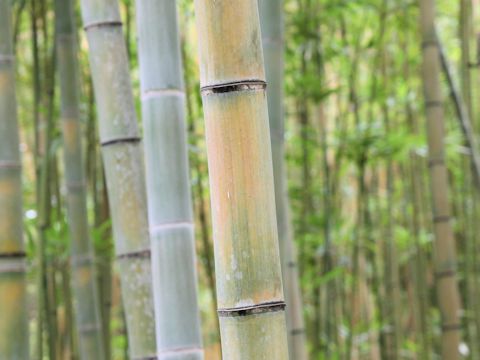 |








|

|
uऻ¤¿iÐ@|jvÌêiíÅ·B
Ì\çÍAÎFÌnɺ©É©Fª»êA±êÌF¢ð¾ºi ¯ÙÌjA]¶Äi ¯ÚÌjÆÄÔæ¤Å·B
|

|
ClÈ}_P®ÌP²^^PÞÅAw¼Í Phyllostachys pubescens f. akebonoBp¼Í èܹñB
|

|
"Akebono-moso-chiku" (Phyllostachys heterocycla f. akebono) belongs to Poaceae (the Grass family). It is a form of "Moso-chiku". The epidermides of culm are delicate yellow hue on a green ground. The Japanese name for this hue is "¾º" (akehono), which translates to "" (akebono).
|

|
꧷ò¬uxm|ÞA¨vÉÄA2012N0806úBeB
|



